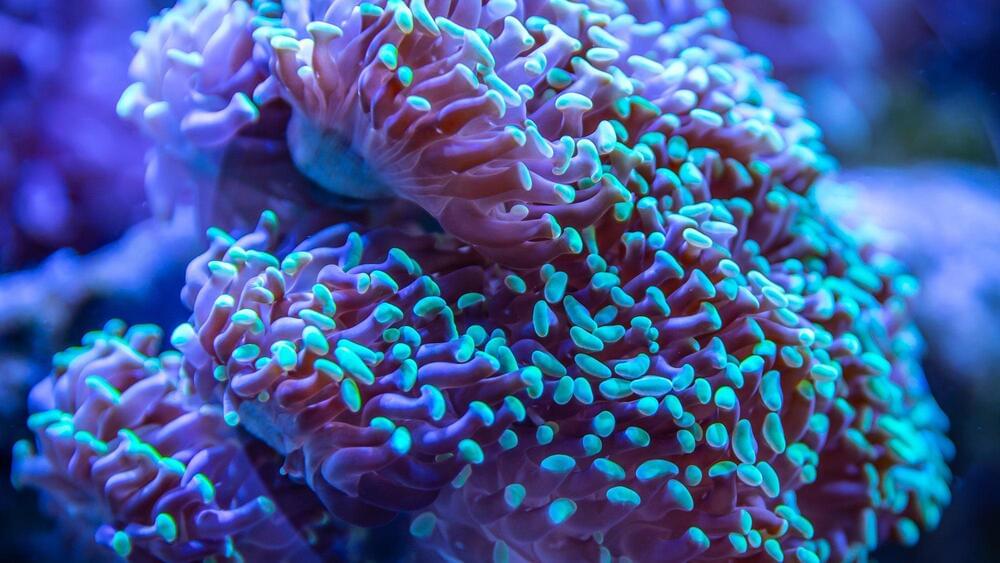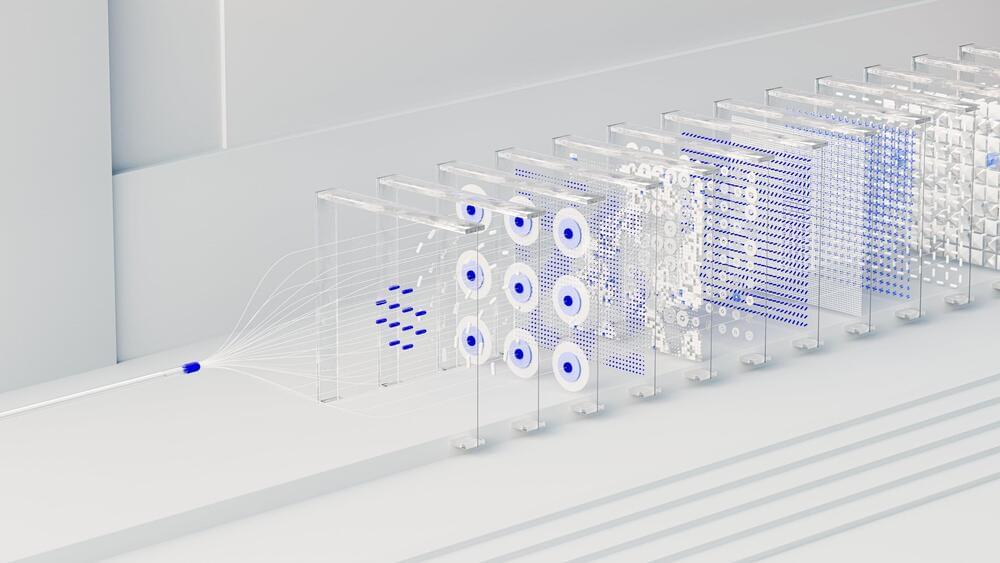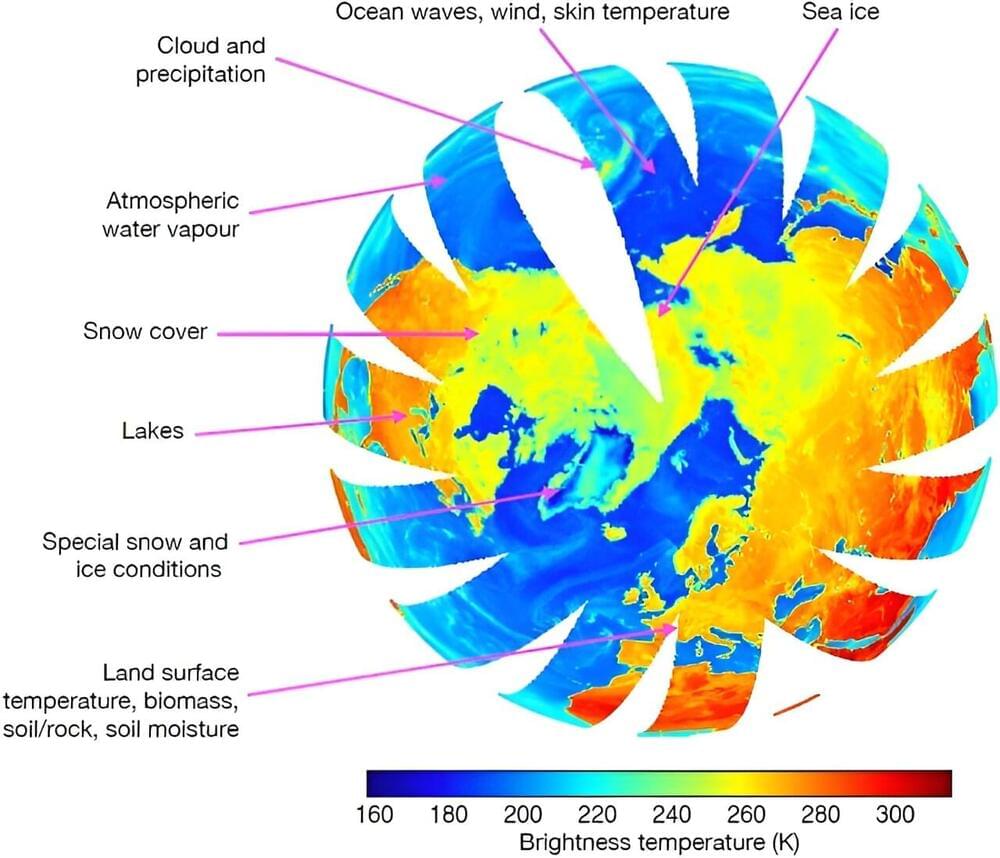In 2018, researchers reported that they had managed to get a coral larva to survive freezing and thawing for the first time. The scientists had added gold nanoparticles to their antifreeze to help the corals warm evenly during reheating. However, the thawed larvae were unable to settle and develop into adults. Instead, they kept swimming until they died.
When Narida began her experiments with hood corals in 2021, she included gold in her antifreeze recipe and combined several different antifreeze chemicals to reduce the solution’s toxicity. To thaw the animals quickly and minimize damage, Narida used a high-powered laser designed for welding jewelry. Then, she carefully washed the antifreeze away with seawater, rehydrating the corals. In the end, a whopping 11 percent of larvae in the experiment survived thawing, then settled, and developed into adults.
Leandro Godoy, a coral cryobiologist at the Federal University of Rio Grande do Sul in Brazil, is impressed by how many larvae survived after settling. “It’s a huge step,” he says, considering that, in the wild, only about five percent of corals make it that far.









